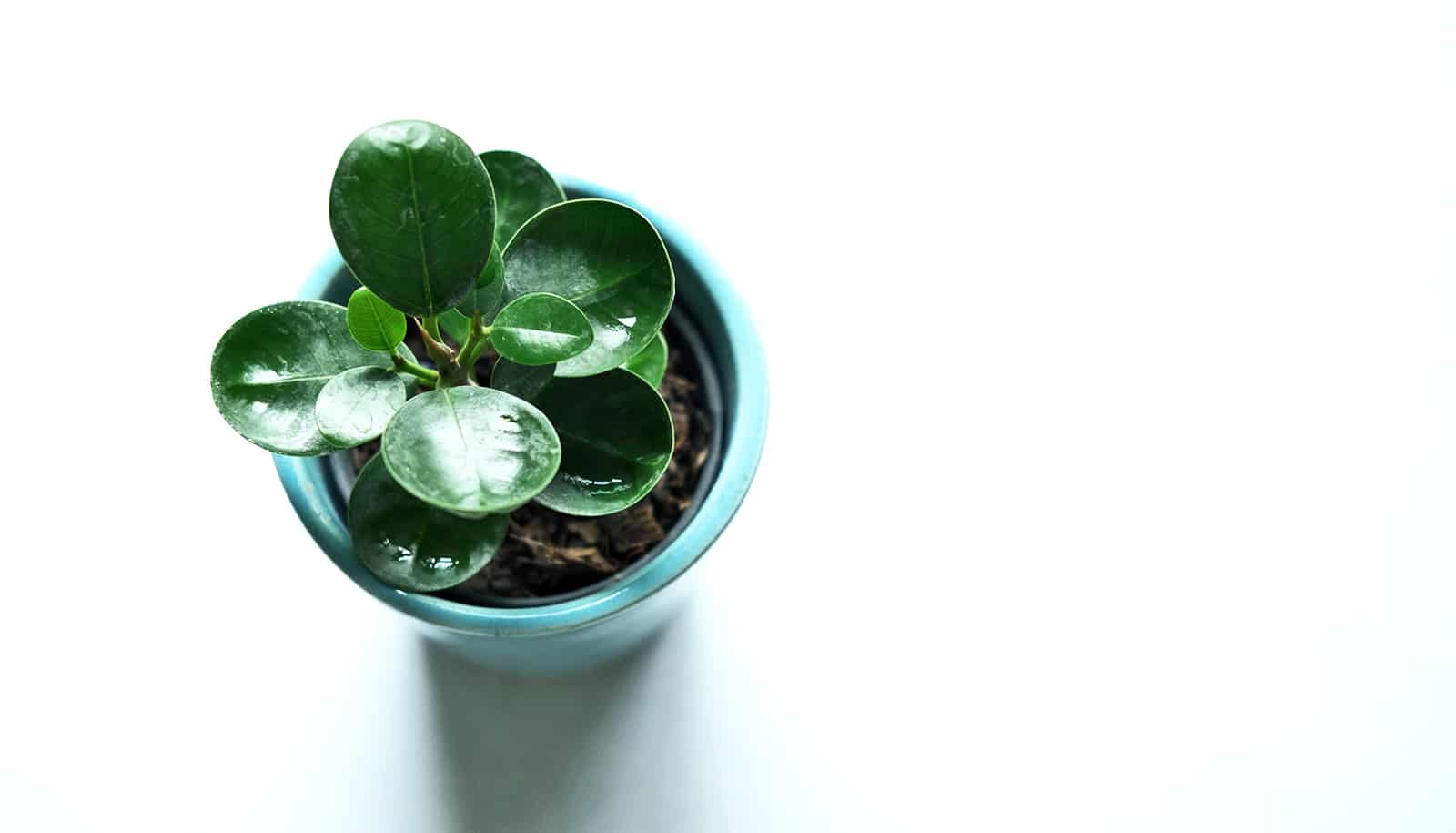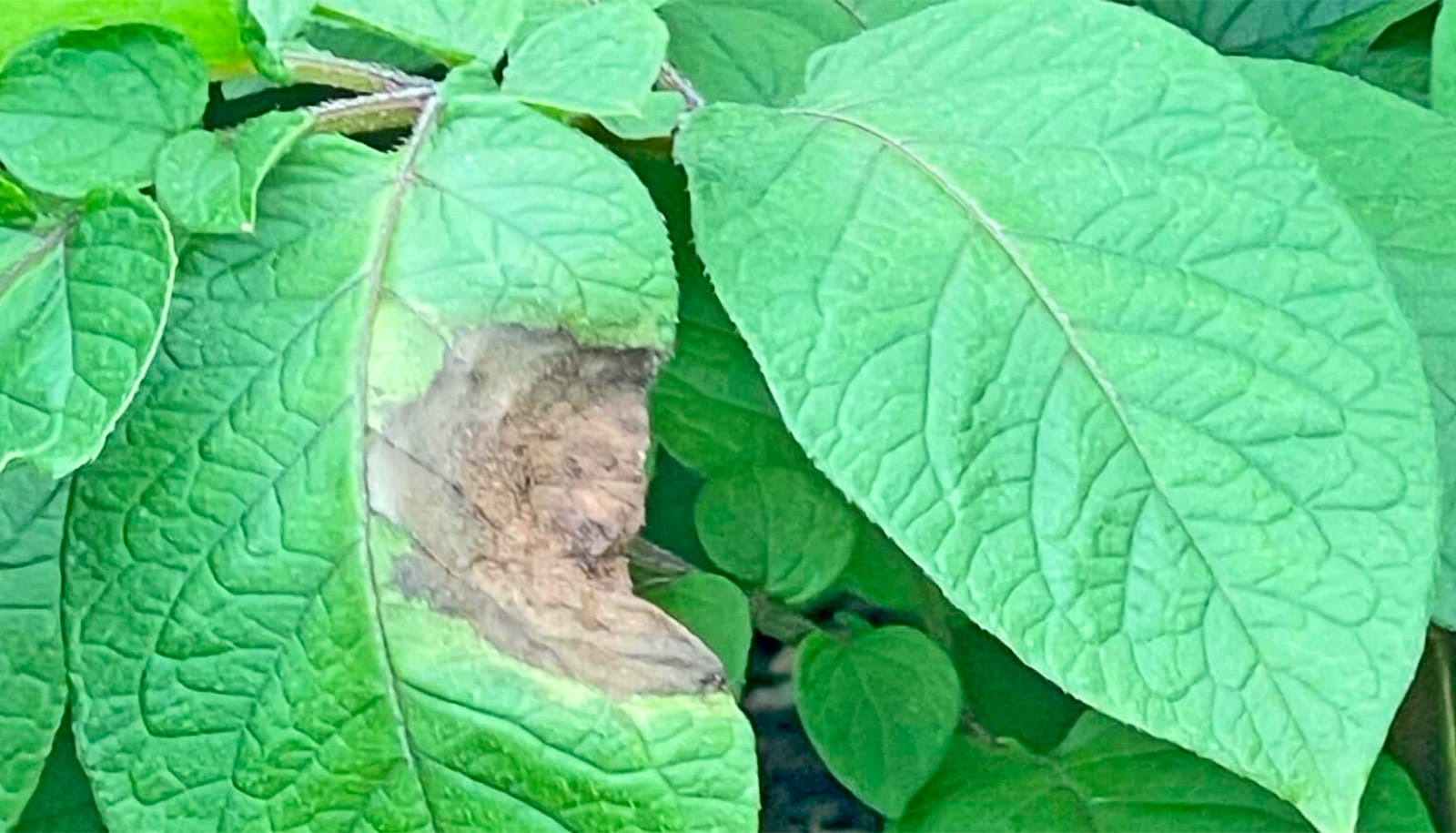Researchers have identified the major steps in how plants create cellulose, and the tools their cells use to create it, including the proteins that transport critical components to the location where it’s made.
“[Cellulose] makes up about 95 percent of paper and 90 percent of cotton, and its derivatives are even in the emulsifiers in ice cream…”
A comprehensive look at how plants build cellulose, the primary building block of the walls of most plant cells that is used in a wide variety of manmade materials, could have important implications for its use in biofuels, researchers say.
“Cellulose is the single most abundant biopolymer on Earth,” says Ying Gu, associate professor of biochemistry and molecular biology at Penn State and senior author of the paper. “It makes up about 95 percent of paper and 90 percent of cotton, and its derivatives are even in the emulsifiers in ice cream. In the past ten years or so, cellulose has also been considered as a major component of biofuels. Understanding how cellulose is synthesized may allow us to optimize its use as a renewable energy source.”
The cellulose in many of the products we use every day is primarily produced by plants. Despite the economic significance of cellulose, prior to this study researchers only had a basic understanding of how plants make it.
“We knew that cellulose is synthesized in the plasma membrane that surrounds plant cells within a heteromeric protein complex—a grouping of different kinds of proteins—called the cellulose synthase complex, and that the main component of this complex is a unique cargo protein called cellulose synthase,” says Gu. “But we didn’t know if other proteins are involved in the complex, or how the proteins get to the plasma membrane.
“To start answering these questions, we used a combination of approaches, including cell imaging, functional genetics, and proteomics, to create a timeline of events and to identify the main proteins involved in preparing the cell for synthesis,” he explains.
Young poplars could be next biofuel source
Researchers show that a protein called cellulose synthase interactive 1 (CSI1) interacts with the cellulose synthase complex prior to synthesis and may help mark the site at the plasma membrane where synthesis occurs. They also demonstrate that CSI1 interacts with a separate complex called the exocyst complex, which is involved in transporting materials to the plasma membrane in a variety of species, and a protein called PATROL1.
These components may contribute to how quickly the cellulose synthase complex travels to the cell’s outer membrane before synthesis.
“We knew that the exocyst complex is evolutionarily conserved, with essentially unchanged structure in yeast and mammals, and here we confirmed its role in plants. But PATROL1 is a plant-specific protein that is not like anything we see in mammals or yeast. We are puzzled by what PATROL1 actually does and are excited to continue to investigate its function.”
Because CSI1 interacts with many components that are integral to cellulose synthesis, the research team plans to use it as a tool to further elucidate this important process and its evolution.
“We eventually hope to translate what we know about how plant cells build cellulose to more efficiently break it apart again for use in biofuels,” says Gu, “ultimately increasing the efficiency of biomass-based energy production.”
Could croton nuts from Kenya help scale up biofuel?
The researchers report their findings in the journal Proceedings of the National Academy of Sciences.
Other researchers from Penn State and from the University of California, Riverside, contributed to the paper.
The National Science Foundation, the Institutes of Energy and the Environment, and the Huck Institutes of the Life Sciences at Penn State funded the work.
Source: Penn State



